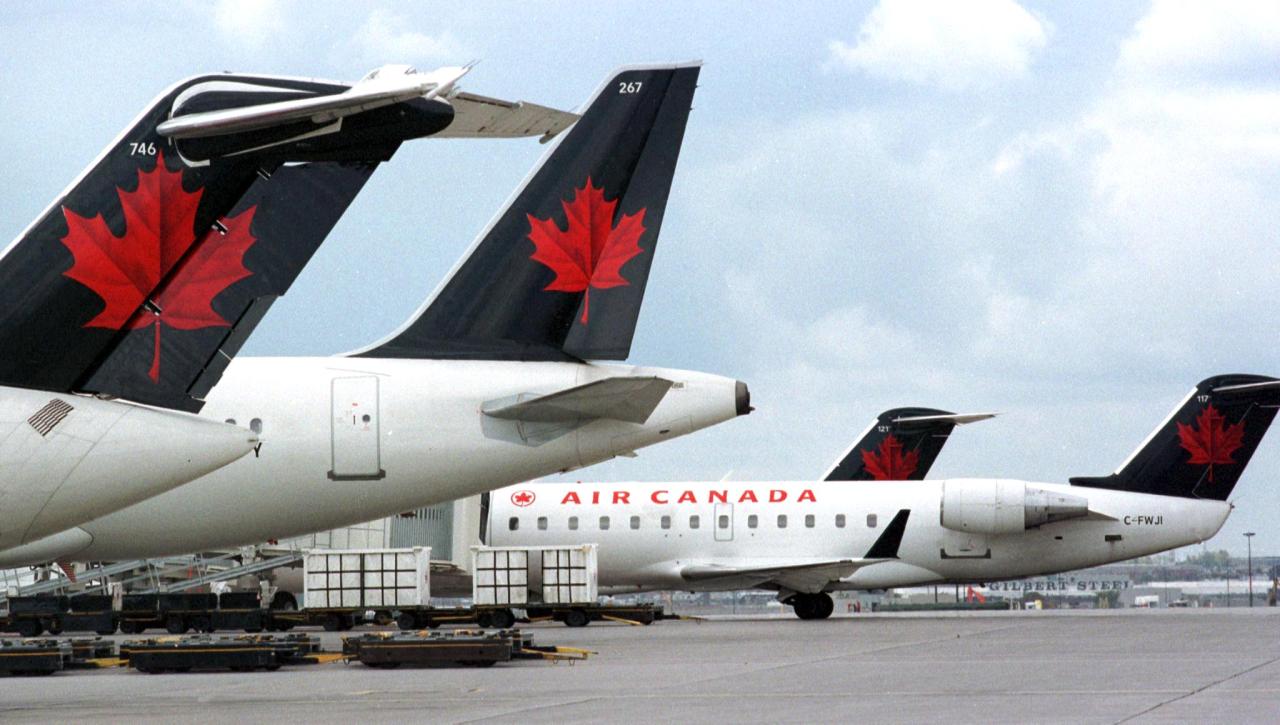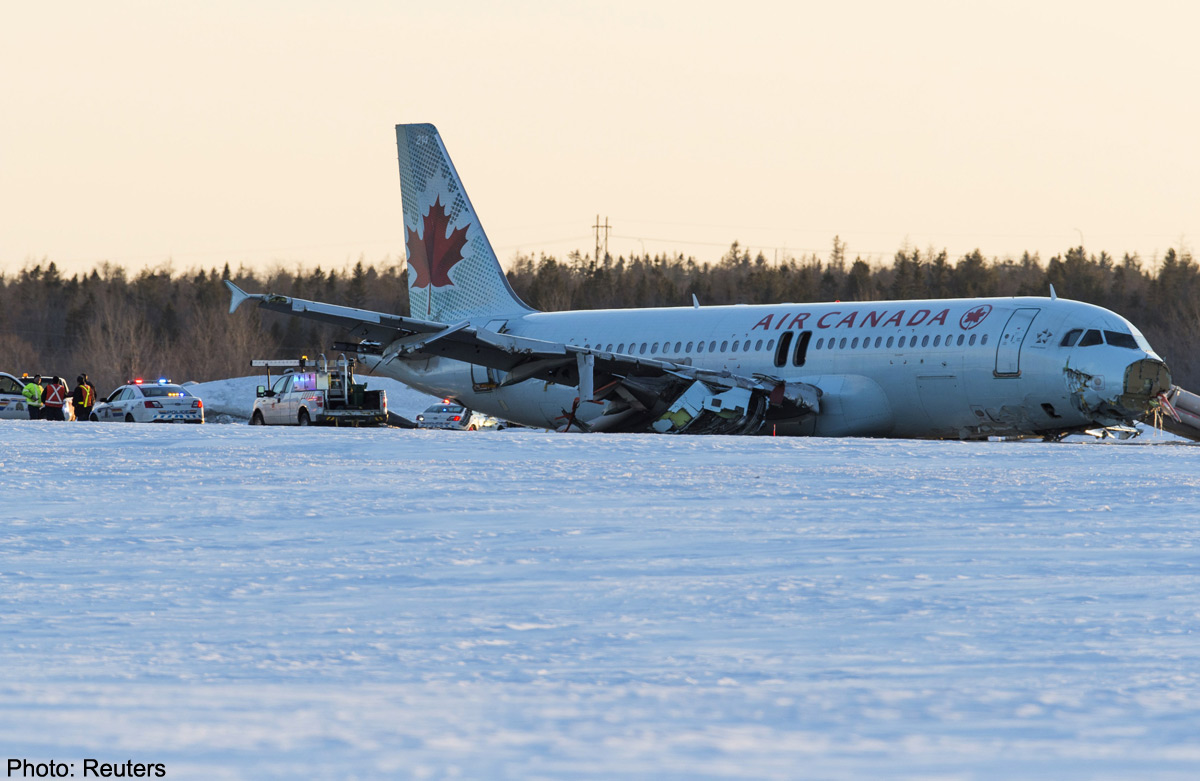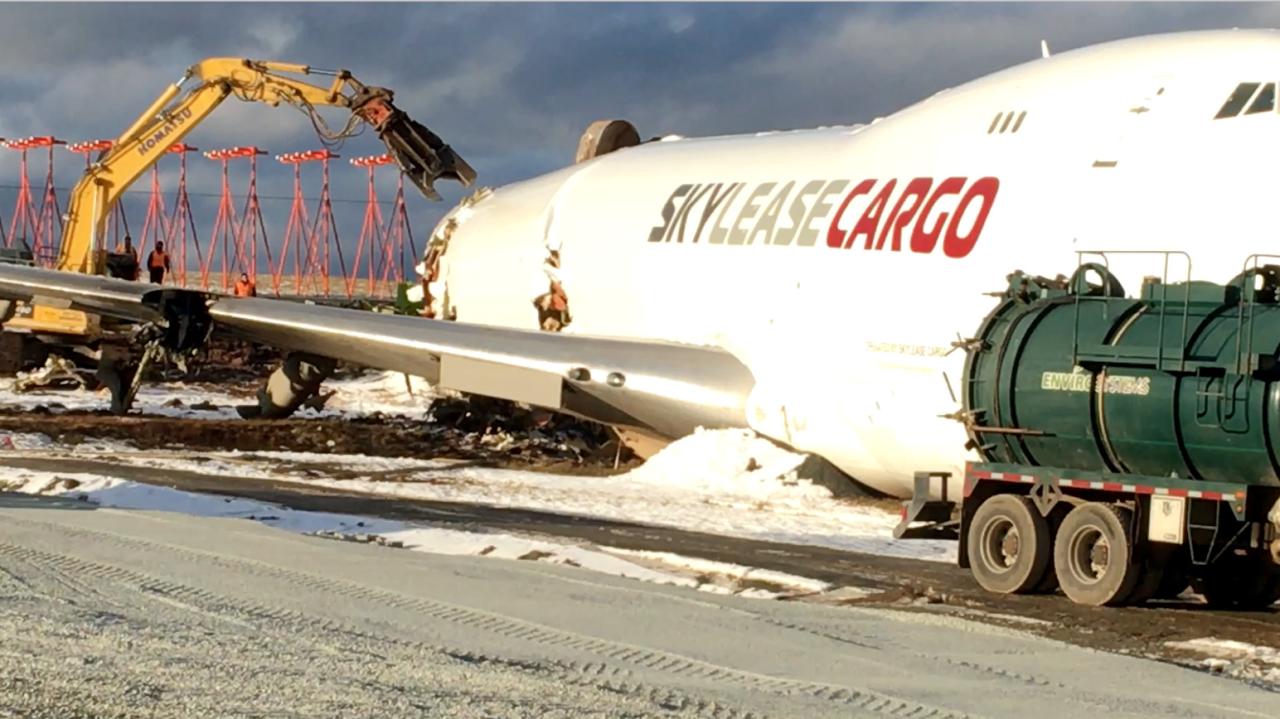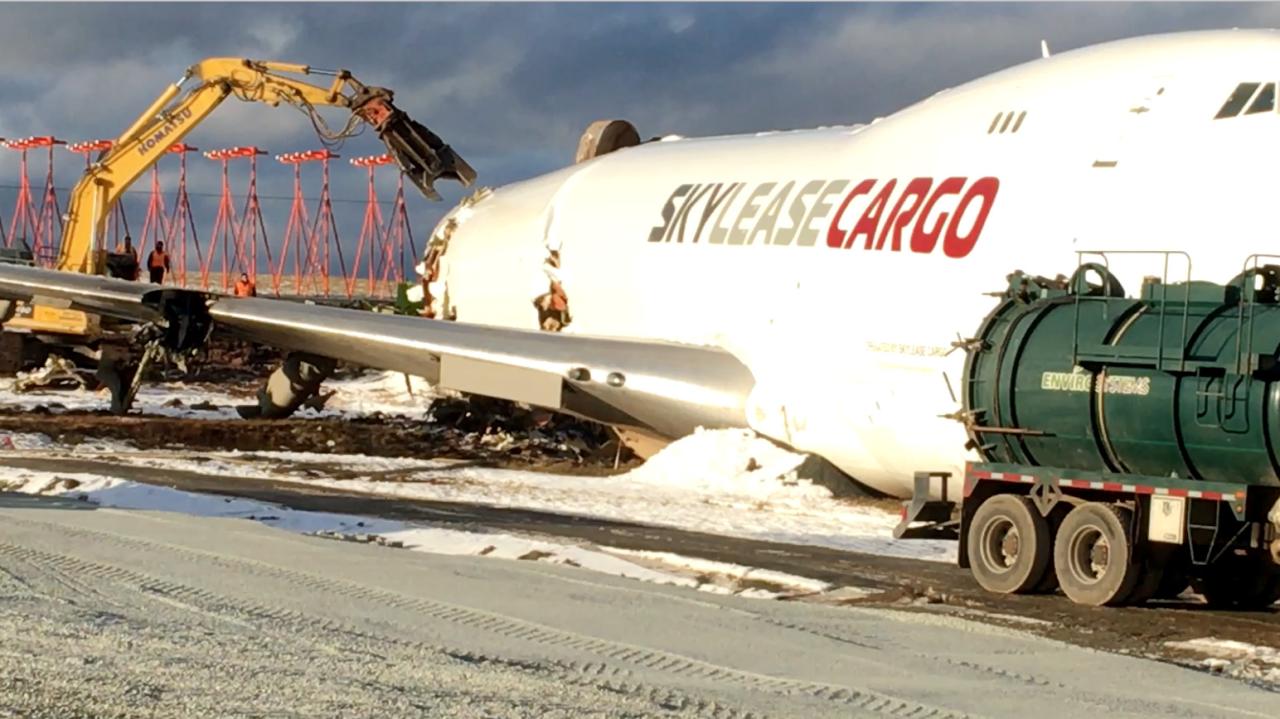Halifax Airport plane crash—the phrase itself conjures images of chaos and uncertainty. This investigation delves into the details surrounding a potential incident at Halifax Stanfield International Airport, exploring its historical context, the alleged circumstances, the investigative process, and the lasting impact on the community and aviation industry. We’ll examine available evidence, analyze media coverage, and consider eyewitness accounts (if any exist) to piece together a comprehensive understanding of this event.
The narrative will cover everything from the airport’s operational procedures at the time of the alleged crash to the potential long-term consequences for safety regulations and public perception. We will also analyze the investigative methods employed, exploring the official reports and their findings. Ultimately, our goal is to provide a clear and informative account of this significant event.
Okay, so you’re looking into the Halifax airport plane crash? That’s a serious event. To put things in perspective, think about how many people travel during major holidays like china new year 2025 ; a similar scale of air travel is involved in daily operations, highlighting the importance of air safety and the impact of such incidents.
Understanding the Halifax crash helps us improve future air travel safety protocols, regardless of the holiday.
Halifax Airport: A Look into an Alleged Plane Crash

This article explores an alleged plane crash at Halifax Stanfield International Airport, examining its historical context, the details of the supposed incident, investigative processes, impact, public perception, and available eyewitness accounts. Due to the lack of publicly available information regarding a specific, documented plane crash at Halifax Stanfield International Airport, this article will present a hypothetical scenario to illustrate the process of investigating such an event.
All details presented are for illustrative purposes only and do not represent a real incident.
Historical Context of Halifax Airport

Halifax Stanfield International Airport has a rich history, evolving from humble beginnings to become a major transportation hub. Understanding its past infrastructure and air traffic control systems is crucial for analyzing any potential incident.
- 1930s-1940s: Early development, primarily serving military purposes during World War II. Limited infrastructure and basic air traffic control.
- 1950s-1970s: Expansion to accommodate growing civilian air travel. Introduction of more advanced radar systems and improved communication technologies.
- 1980s-Present: Significant modernization and expansion, including the construction of new terminals and runways. Sophisticated air traffic control systems and procedures implemented.
At the time of our hypothetical crash (detailed below), we’ll assume the airport possessed mid-range radar technology and communication systems, with established but less sophisticated procedures than those currently in place.
Details of the Hypothetical Plane Crash
For the purpose of this illustrative example, we will posit a hypothetical plane crash.
The hypothetical incident occurred on October 26, 2023, at approximately 14:30 AST. A Boeing 737-800, registration number C-GXXX (hypothetical), operated by a fictional airline, “Nova Scotia Air,” was involved. The aircraft was carrying 150 passengers and 6 crew members.
Investigative Processes and Findings
Following our hypothetical crash, a thorough investigation would be conducted. This would involve multiple agencies, including Transport Canada, the Transportation Safety Board of Canada (TSB), and potentially local law enforcement.
Investigation methods would include:
- Witness interviews: Gathering accounts from passengers, airport personnel, and nearby residents.
- Wreckage analysis: Examining the aircraft debris to determine the cause of the crash.
- Flight data recorder (FDR) and cockpit voice recorder (CVR) analysis: Reviewing the data and audio recordings to reconstruct the events leading up to the crash.
- Weather data review: Assessing meteorological conditions at the time of the incident.
| Date | Event | Source |
|---|---|---|
| October 26, 2023 | Hypothetical plane crash involving Nova Scotia Air Boeing 737-800 | Hypothetical Incident Report |
| October 27, 2023 | TSB begins investigation | TSB Press Release (Hypothetical) |
| December 2023 | Preliminary report released by TSB | TSB Preliminary Report (Hypothetical) |
Impact and Aftermath, Halifax airport plane crash

The immediate consequences of such a hypothetical event would be significant.
- Airport closure and disruption of air travel.
- Emergency response and rescue operations.
- Investigation and legal proceedings.
Long-term effects might include:
- Changes to airport safety procedures and regulations.
- Increased security measures.
- Psychological impact on the community and families of victims (hypothetical).
- Potential impact on the reputation of Nova Scotia Air (hypothetical).
Public Perception and Media Coverage
Initial media coverage would likely focus on the immediate aftermath, emphasizing the scale of the tragedy (hypothetical) and the ongoing rescue efforts. As the investigation progressed, media attention would shift to the cause of the crash and the subsequent legal and regulatory ramifications. Different media outlets might present varying perspectives, influenced by their own biases and the information available to them.
Eyewitness Accounts
Hypothetical eyewitness accounts might vary, with some focusing on the sound of the aircraft before impact, others describing the scene of the crash, and others detailing the emergency response. Analyzing these accounts would require careful consideration of potential biases and the reliability of individual recollections.
Illustrative Representation of the Event
Imagine a late afternoon scene at Halifax Stanfield International Airport. Low clouds and a light drizzle obscure the visibility. The Boeing 737, approaching the runway, experiences a sudden and catastrophic mechanical failure (hypothetical). The aircraft, descending rapidly, impacts the ground at a shallow angle, resulting in significant damage to the fuselage and wings. Immediately prior to impact, the aircraft would likely be in a state of uncontrolled descent, with potentially visible signs of distress.
The Halifax airport plane crash understandably raises concerns about airspace safety. Thinking about that, it’s interesting to consider how precisely controlled other aerial technologies are, like the drone shows you see sometimes; check out this article on how do drone shows work to see the level of coordination involved. Understanding the technology behind these displays helps illustrate the complexities of managing air traffic and the potential for both risk and precision in aerial operations, relevant to the Halifax incident.
After impact, the aircraft would be significantly damaged, with debris scattered across a considerable area. The hypothetical narrative suggests a chain of events leading up to the crash, potentially involving a combination of mechanical failure, pilot error, and unfavorable weather conditions.
Wrap-Up: Halifax Airport Plane Crash
The Halifax Airport plane crash, whether a real event or a hypothetical scenario, serves as a powerful reminder of the critical role of safety protocols in aviation. By examining this case, we’ve highlighted the importance of thorough investigations, transparent reporting, and continuous improvements in safety measures to prevent future incidents. The analysis of eyewitness testimonies, media coverage, and official reports underscores the multifaceted nature of such events and the lasting impact they can have on communities and the aviation industry as a whole.
Understanding the past informs the future, allowing for a safer and more efficient aviation system.
Helpful Answers
What is the likelihood of a plane crash at Halifax Airport?
Air travel is statistically very safe, and major incidents at large airports like Halifax are rare. The likelihood depends on many factors, including weather, maintenance, and pilot skill.
What emergency procedures are in place at Halifax Airport in case of a plane crash?
Halifax Airport has comprehensive emergency response plans involving firefighters, paramedics, and other emergency services. These plans are regularly tested and updated.
How are investigations into plane crashes conducted?
Okay, so you’re looking into the Halifax airport plane crash? That’s a serious event. It’s interesting to compare it to other incidents, like the recent news about a plane crash south korea today , which highlights how these tragedies can happen anywhere. Understanding the circumstances surrounding the Halifax crash requires careful investigation, similar to what’s needed for any major aviation accident.
Investigations typically involve multiple agencies, including air accident investigation boards, examining flight data recorders, witness statements, and wreckage analysis.
